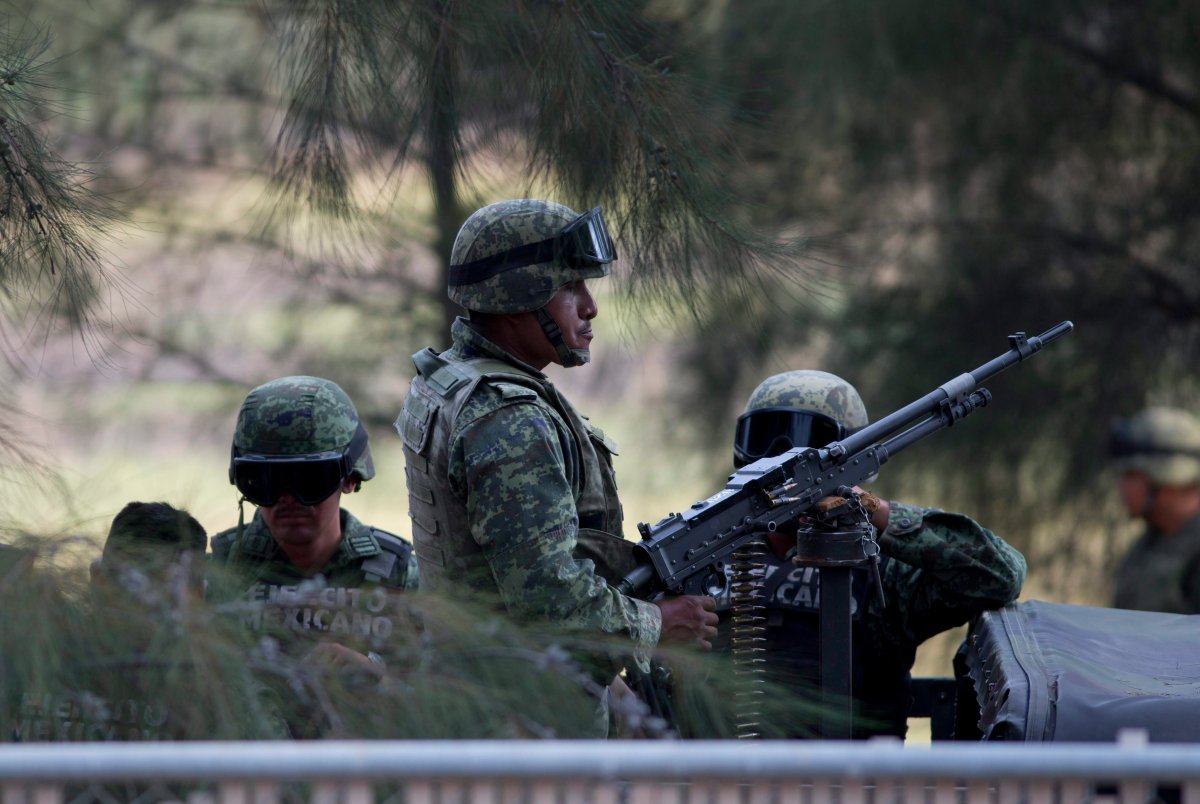MEXICO CITY – The Mexican government’s human rights agency said Tuesday it is urging the army not to use ambiguous terms in orders, after activists revealed the army had essentially issued a directive to troops to kill suspected criminals.

The National Human Rights Commission said it made a formal request to the Defence Department asking that it review and correct the orders it issues to avoid “imprecise or ambiguous” language.
Last week, activists for the Miguel Agustin Pro Juarez human rights centre released a copy of military orders issued to an army squad that killed 22 suspects in June 2014. Investigations later found most of the victims were shot to death after surrendering or while unarmed.
READ MORE: Shootout or execution? Mexico officials stand by account of deadly ranch gun battle
The soldiers’ orders directed them to “abatir” criminals, a word almost universally understood in Mexico as meaning “kill.” Other points in the somewhat contradictory, three-page orders also directed soldiers to respect human rights.
Federal officials later claimed that “abatir” can mean other things, such as knock down or humiliate. But even the army and police forces have used it uniformly in past press statements to mean “kill.”
The rights centre that uncovered the military document said it was important that the investigation be extended, to determine how far up the chain of command responsibility for the killings went.
The army defended the orders, but it has had a conflicting attitude about the shootings since the start. It opened a criminal investigation the same day the shooting occurred, June 30, 2014, but it also issued a news release at the same time saying all 22 dead had been killed during a fierce gunbattle that began when the suspects fired on soldiers.
A National Human Rights Commission investigation later found that between 12 and 15 of the victims were killed unarmed or after surrendering.
READ MORE: Clashes in western Mexico call government’s security strategy into question
The Defence Department has said the killings in the municipality of Tlatlaya west of Mexico City were the work of seven soldiers charged in the case and it has not implicated any ranking officers. In November, three of the soldiers on the patrol were charged with aggravated homicide and four others, including a lieutenant, were charged with “actions improper to the public service” for failing to report the killings. There have been no trials or verdicts in the case.
Questions about the killings were first brought to light by an Associated Press report that pointed out contradictions in the army’s account. AP journalists who visited the scene three days after the shooting found little evidence of a long gunbattle. Instead, the walls showed a repeated pattern of one or two closely placed bullet holes surrounded by spattered blood, giving the appearance that some of those killed had been standing against a wall and shot at about chest level.
The army has been allowed to participate in law enforcement and anti-drug operations only under a role of “assisting” police and prosecutors.
The Armed Forces Manual on the Use of Force states that soldiers “can only use their firearms in legitimate defence of themselves or of other people, in cases of danger of imminent death or serious injury, or to prevent the commission of a crime that involves a threat to life, and only in the case where other less extreme measures are insufficient to achieve those objectives.”



Comments